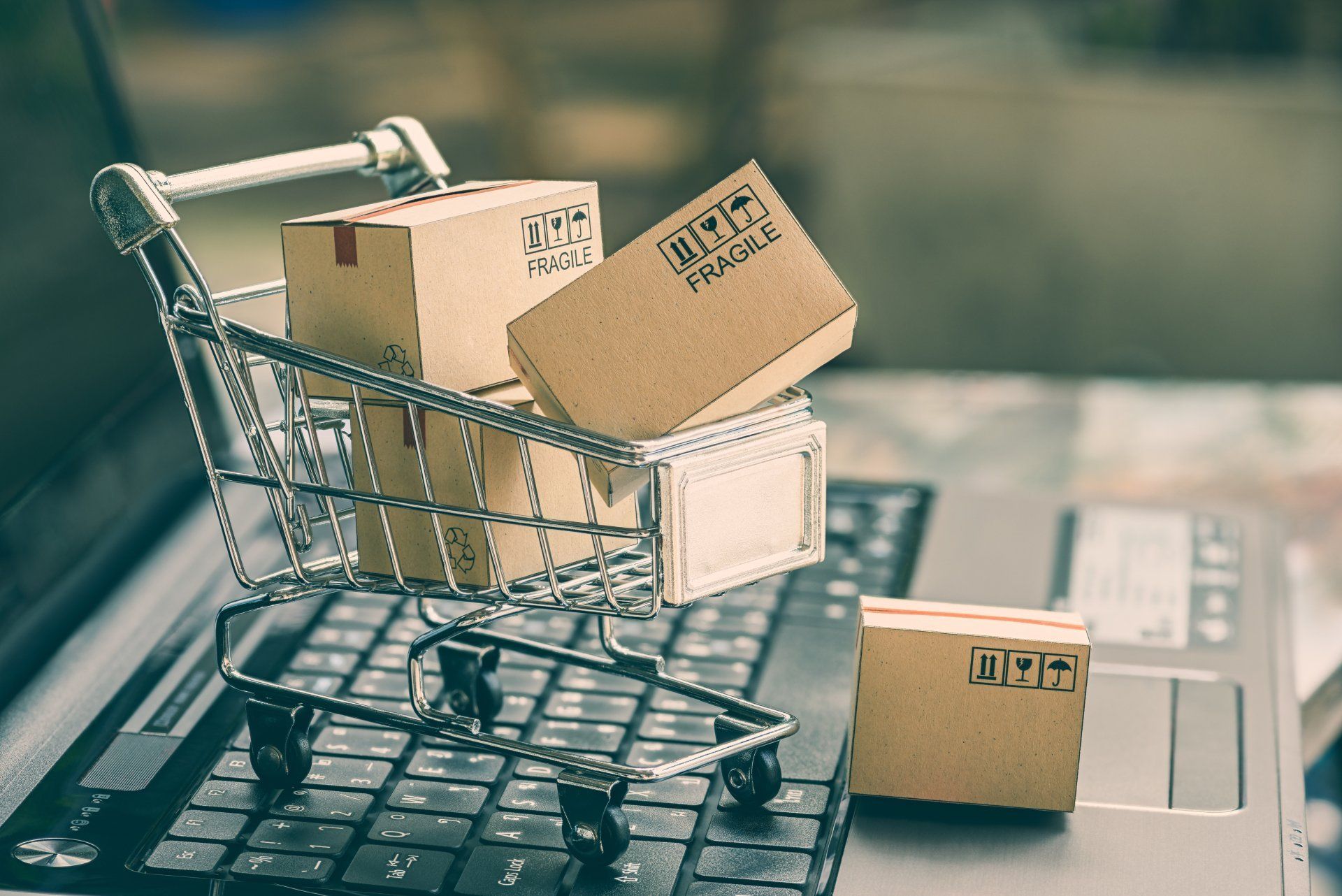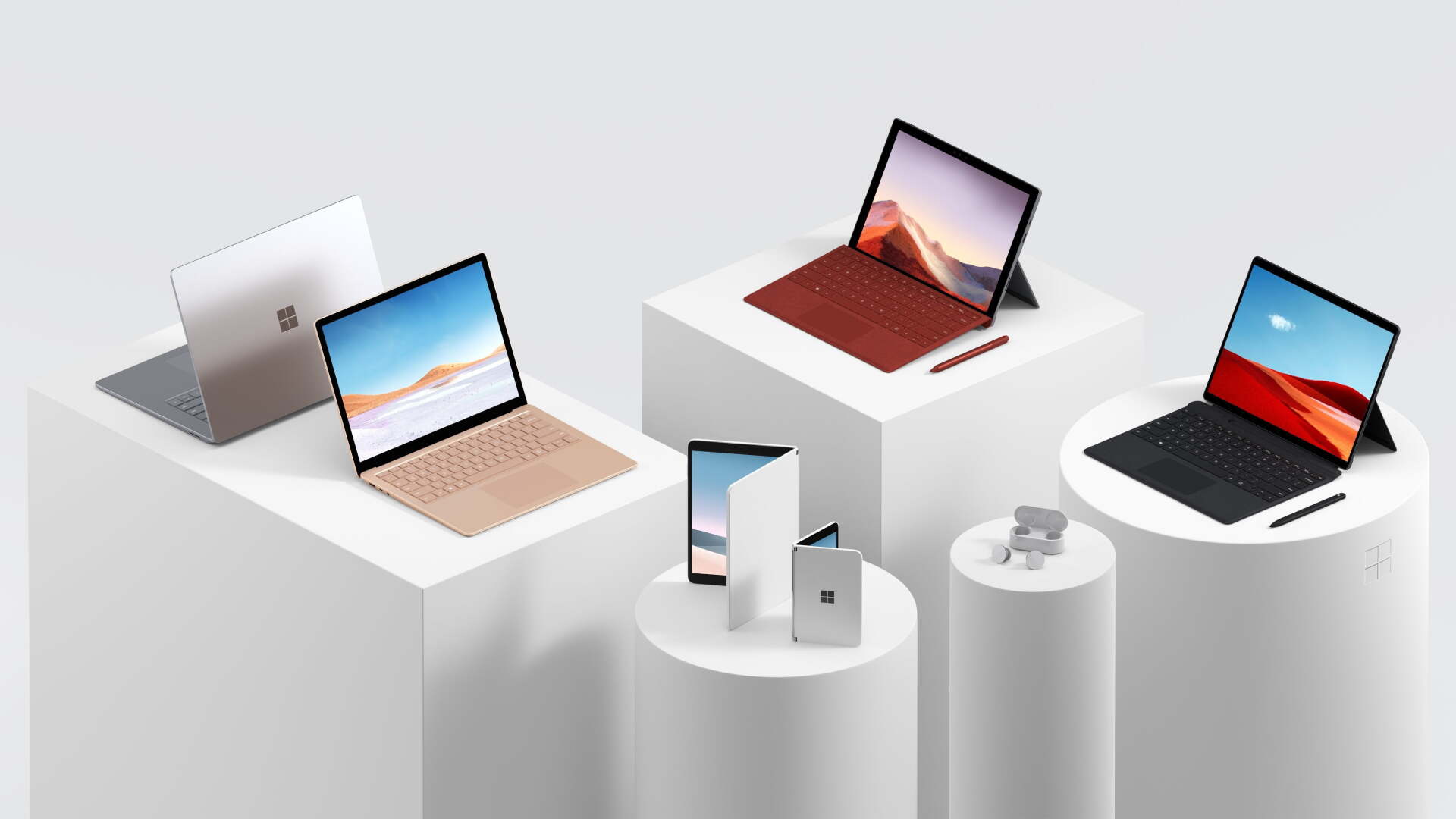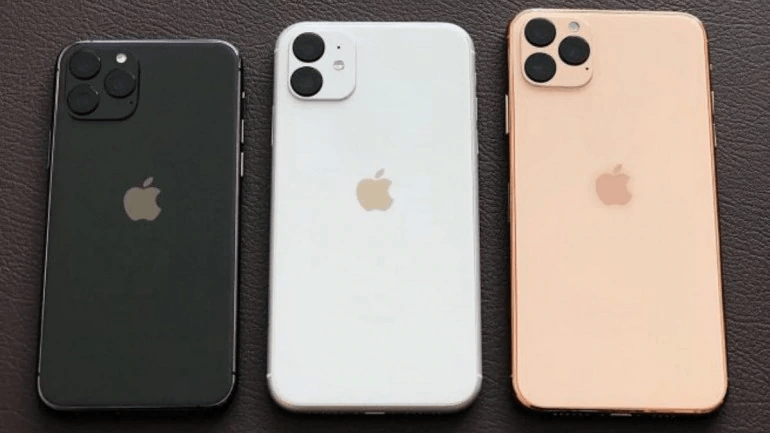Home Security
Home Security
Home security used to involve spending thousands of dollars installing sensors, and cameras and more, and then paying a fee for an external company to monitor it all for you.
But it’s 2020, and technology has come a long way in the past 20 years.
You can now have a camera which alerts you on your phone for as little as $300 or less, ranging up to fully integrated smart systems with multiple cameras, door and window sensors, onsite and cloud based recording, for under $2,000.
Camera systems are available from a wide range of vendors today, and come in a wide range of configurations. From battery powered, wireless cameras, to cable based cameras that draw power from the data cable, and wireless cameras which plug into a power outlet, and systems that store the footage locally, to varying levels of storage in the cloud.
Mixed in with these, some of the vendors also provide door and window sensors that integrate to work alongside the cameras to protect your home. Some even integrate with Amazon Alexa and Google Assistant to provide control and provide live streams via compatible devices.
Key companies to look at at eufy (which is from Anker - the company many people know for their battery packs, chargers, and more), Arlo (by Netgear, commonly know for their modems and routers, oh and both Telstra and Optus mobile hotspots), Ring (by Amazon, no introduction needed), Nest (by Google, again no introduction necessary), Netatmo (previously know for their personal weather stations), and the lower end (read not as good quality wise) Swann Security products. For businesses, there is also Ubiquiti (known for its great range of UniFi networking equipment), and a range of other business grade solutions available.
All of this can then be combined with door security solutions from Clay, Apero, Kisi, Yale (owned by Nest, owned by Google), and more for home, and small businesses, up to Protege and HID combination solutions for larger businesses or environments with options including card swiping, mobile phone/smartwatch swiping, digital pin pads, number plate recognition and more - at that level it can also integrate with building management systems for lighting, heating and cooling, and more, and motion sensors, and more for enhanced security functionality.
We generally recommend looking at the eufy and Arlo range for homes, and the eufy, Arlo and Ubiquiti ranges for businesses depending on the area to be monitored.
On the home front, the eufy equipment is battery powered (a single charge can last up to a year or more), and it can integrate both cameras and window/door sensors. Arlo is also a good option, and can either be battery powered, or plugged into mains power. There is also a solar panel add-on that can be combined with the cameras when in battery mode to essentially provide continuous power through the battery being recharged each day. With both, footage is stored locally, with a cloud option, and can be accessed remotely via an app - even on an ADSL level connection. Nest provides cameras which require mains power, and are cloud connected - they don’t have a local storage option through a base station like eufy and Arlo do, and require a better internet connection to work. For pricing you’re looking at retail starting from $800 for a two camera plus base station eufy setup, or 2 camera plus base station Arlo setup, and around $560 for a two camera Nest setup..
On the business front, the same eufy and Arlo systems can be used, or in environments with larger coverage requirements, or where the WiFi based cameras won’t be suitable, Ubiquiti provides a good solution. The UniFi Video range is almost limitless in terms of how many cameras can be installed. To start off, and for cost comparison, a 2 camera plus base station setup would be approximately $950 plus installation.
If you are interested in improving your home or business security, please reach out to us for a free review and report.








